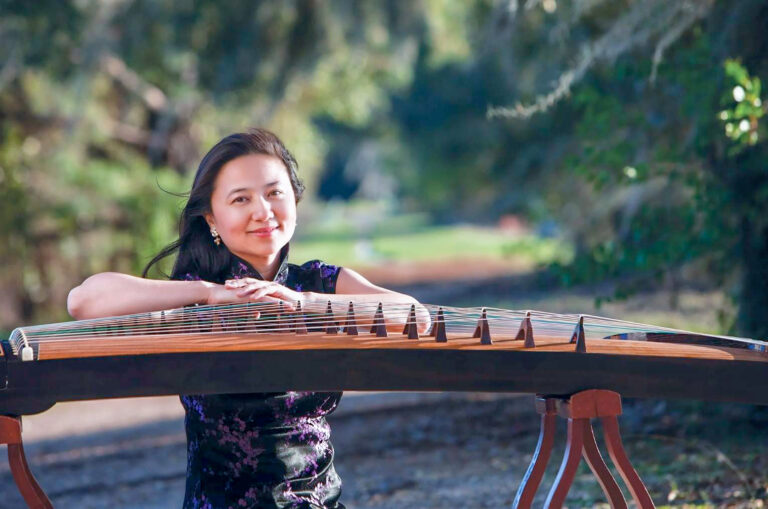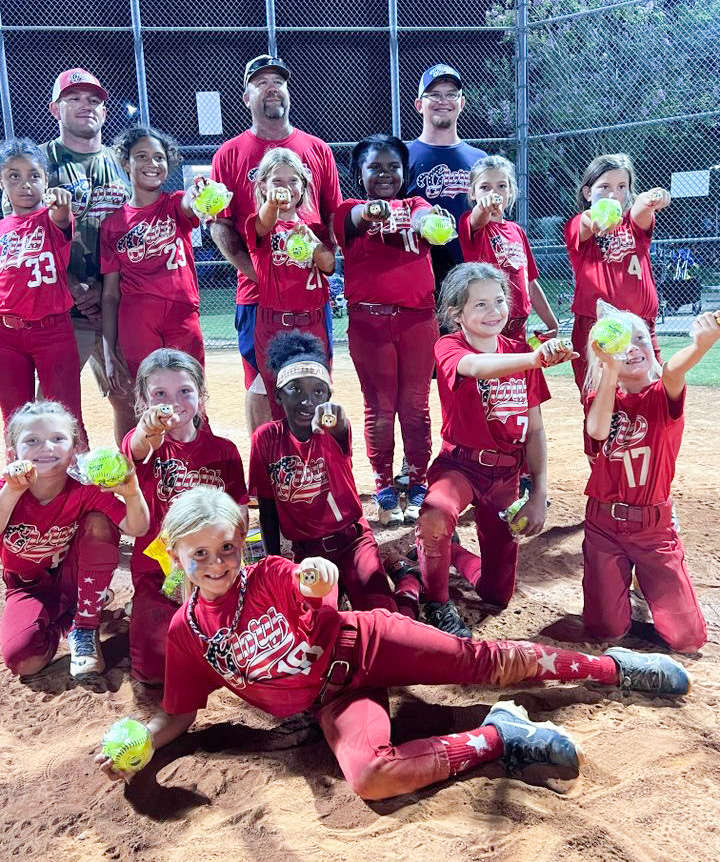Legacy Post Disclaimer
This is a #Legacy post imported from The Apalachicola Time’s previous platform. If you’re experiencing issues with this article, please email us at news@nevespublishing.com.
Southern shopping and Coke in a cup
In the Stone Age, when I was born, there were of
course no online shopping sites (Al Gore hadnt yet invented the internet).
There werent even malls. All the big department stores were downtown, and
thats where everybody shopped.
My mom and I would ride the bus and spend a day
marching from store to store. She liked Grants (the W.T. Grant Department
Store) and Kresges (forerunner of Kmart), and especially J.C. Penney (founded
in 1902 by a fellow whose middle and last names destined him to be an
entrepreneur: James Cash Penney). My favorite was the Planters Peanut shop,
where a slightly scary Mr. Peanut was always shuffling around in his shell,
greeting customers and handing out free samples.
Wed go to the downtown movies too, and sit in the
dark and watch Doris Day and eat Jujubes. This was when I was 6 or so (when I
was older, my bad-boy buddies and I would fire Jujubes out of our lunchroom milk
straws, like peashooters, to the annoyance of targets and teachers – who were
usually not one and the same).
Then somebody came up with the idea of relocating
stores, theaters too, out of the crowded downtown, and closer to neighborhoods.
Thus began the era of shopping centers, clusters of shops connected under one
roof with a covered sidewalk and sprawling, typically treeless parking lots.
The idea caught on in the 1950s, but it wasnt altogether new.
The ancient Athenians had their Agora (the name of a
favorite vintage store in Athens, Georgia, and Rome had its Forum. Both were
large open public areas employed for political and social gatherings and
ultimately populated by taverns, fast-food booths, and vendors of every kind. Smaller
towns followed this same model, and their agorae and fora, like Trajans mixed-use
market in 2nd-century A.D. Rome, often featured covered colonnades. Even
earlier, as far back as 3,000 B.C., Middle Easterners had created the bazaar,
an old Persian word for an enclosed market for vending goods and services. Many
were outside the city walls, in the suburbs.
Flash forward and shopping arcades, groups of shops
situated together and often roofed over, became increasingly popular across
Europe in the 19th century. In the U.S. shopping centers began
popping up in the 1920s, as the proliferation of automobiles increased their
popularity. In the 1940s the centers were often anchored by major department
stores like Penneys, Sears, and Macys. The anchor of the Park and Shop in the
Cleveland Park neighborhood of Washington D.C., which opened in 1930, was a
Piggly Wiggly, like our very own beloved Pig here in Apalach.
In 1957, when I was 12, Southern Shopping Center
opened up just a couple blocks from our house in Norfolkand life changed. The 40
or so businesses included a Penneys, which kept my mom happy, as well as a
Giant Foods, a Western Auto, Fanny Farmer Candies, and a Sherwin-Williams. The Fines
Mens Shop was a bit too fine for our budget, so my parents bought me goofy
clothes at Robert Hall, up the road. Their radio jingle drove me crazy, School
bells ring and children sing, its back to Robert Hall again; mother knows for
childrens clothes, its back to Robert Hall again. I did NOT sing!
The shopping center also had a Chinese restaurant, the
HoHo, but we were too poor, and socially uncomfortable, to eat out. The closest
we ever got to dining away from home was munching cheesburgers and fries in the
parking lot of the What-A-Burger nearby (and NOT to be confused with the
Texas-based Whataburger, like the one we discovered in Ft. Walton Beach before
moving to Apalach).
Southern Shopping Center had a smallish office tower,
where my dentist Dr. Payne had his practice. Kids got lots of cavities in those
pre-fluoride days, at least I did, and the novocaine needles were about the
size of pencil lead, so I figured the docs name should have been Pain.
Riding the elevator up to his office was the only fun. I’d wait until the double-doors
had nearly come together in the middle and then stick my hand in the opening to
make them re-open before they slammed shut. One time I waited too long and had
to go up the one or two floors with my fingers stuck firmly in place. For the
next couple of days they were achy, black and blue, and slightly indented.
The real draws at the shopping center were a couple of
favorite kid hang-outs. Peoples Drug Store was a prime destination. Cokes were
5¢ at their soda fountain, and you could add a squirt of cherry, vanilla, or
even chocolate syrup for an extra nickel. The other fave was Woolworths. Id grab
a fountain Coke, then shop for yoyos, marbles, stamps for my collection, caps
for my Roy Rogers cap-gun, and tiny turtles (the kind it later became illegal
to sell because they were loaded with salmonella).
Around this time Id met a black kid, and we became
buddies. Not sure, but his name mightve been Randy. Mostly wed hang out on
the sidewalk, talking about Sputnik or girls or Little Richard, or wed bike
around.
One summer day when we were getting thirsty and were
down at the Woolworths end of the complex, I suggested we go in for a Coke. Years
later I wonder what went through his head at that moment. But Randy followed me
in, and down we sat at the lunch counter.
Pretty quick the waitress, in her sparkly clean white
apron, walked over and stared right at me. She hesitated, then asked, Can I
help you? I said, Yes, mam, can we have a coupla Cokes, please, and makeem
cherry Cokes. (Id maybe mowed some lawns that week and was feeling flush.)
She just stood there for the longest time, glaring at me, glancing over at
Randy. Then she said, slowly, thoughtfully: Well, I guess I can give him one,
in a paper cup. I imagine her job was on the line at that moment, so her
gesture was truly an act of kindness.
We drank our sodas, left, and never went back. That
was the day I began to learn the difference between white and black, and actually
noticing those signs, White Trade Only, Colored Waiting Room, and Negroes
Use Rear Entrance. I learned that White Privilege meant riding at the front of
the bus, sitting up close to the screen on the main floor at the movies and not
up in the dank, remote balcony, and drinking my Coke from a glass, not from a
paper cup. And now here we are, more than 400 years from 1619, and oh how I
wish such privilege had never plagued us.
Rick LaFleur is retired from 40 years of teaching
Classics at the University of Georgia; his latest books are The Secret Lives of
Words, a collection of his widely distributed newspaper columns, and Ubi Fera
Sunt, a lively translation into classical Latin of Maurice Sendaks childrens
classic, Where the Wild Things Are. He and wife Alice live part of the year in
Apalachicola, under the careful watch of their French bulldog Ipsa.



Meet the Editor
David Adlerstein, The Apalachicola Times’ digital editor, started with the news outlet in January 2002 as a reporter.
Prior to then, David Adlerstein began as a newspaperman with a small Boston weekly, after graduating magna cum laude from Brandeis University in Waltham, Massachusetts. He later edited the weekly Bellville Times, and as business reporter for the daily Marion Star, both not far from his hometown of Columbus, Ohio.
In 1995, he moved to South Florida, and worked as a business reporter and editor of Medical Business newspaper. In Jan. 2002, he began with the Apalachicola Times, first as reporter and later as editor, and in Oct. 2020, also began editing the Port St. Joe Star.